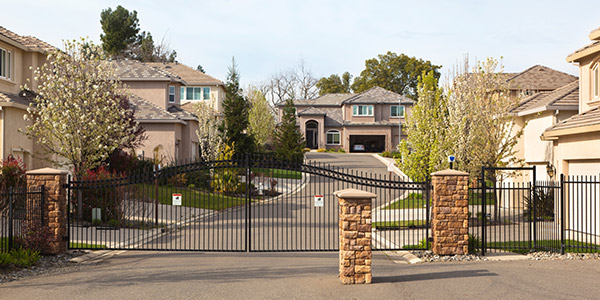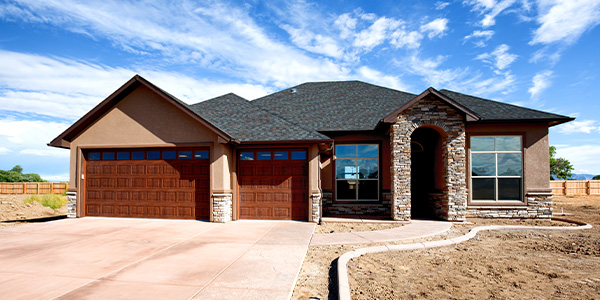Homebuyers
Are Gated Communities Worth a Premium?
March 9, 2018
When it comes to gated communities, clients can harbor several misperceptions about the benefits this type of housing offers versus its price. Whether they are sold on the concept or opposed to it, a reality check is likely in order.
The Financial Reality of Gated Communities
Having a gate does impact the listing price. According to a 2016 study published in the Journal of Real Estate Research, on average, being in a gated community can add approximately $30,000 to the value of a home versus a similar listing outside of the gates.
However, the amenities that typically come with gated living—a clubhouse, pool, and sports facilities—along with the expenses of maintaining security systems and private roads result in homeowners’ association (HOA) fees that can reduce that benefit by nearly $19,500. In the aggregate, the net effect can still add value. However, that value varies depending on how many of these amenities the client will use throughout their residence.
Addressing the Objections
To help clients or buyers looking at a property you represent in a gated community appreciate what they are receiving for the added expense and HOA fees, it helps to create a comparison between these costs and those of the similar services they would otherwise be paying for directly. This includes the monthly costs typically associated with access to sports, health, and country clubs; security system fees for a similar level of surveillance; and regular yard and street maintenance. Taking this extra step helps create context and may help clients understand some of the expenses they will be paying for, regardless of where they buy.
The Matter of Security
The general perception is that a gated community offers a greater sense of personal safety than a nongated community. However, studies find the reality is a little different.
Opportunistic crimes, including vandalism and purse snatchings, along with nuisances like door-to-door solicitations and speeding cars decline significantly inside gated communities. This supports the primary attraction of a gated community. Plus, there is less worry about children who are playing and riding bicycles within the neighborhood.
However, a gate is not necessarily a deterrent to planned crimes. Statistics on burglaries and auto thefts were about the same as they were for nongated communities. Clients must understand this so they do not buy with a false sense of security.
More Rules
Unless a buyer has previously lived in a condo or co-op, the HOA rules could seem restrictive. For instance, visitors—whether friends dropping off children or Real Estate Agents showing a home for sale—will spend some time getting past the gatekeeper.
There will also be rules regarding the types of home improvements that are allowed, the time of day work may occur, and some for seasonal lighting displays and landscaping choices. Having these rules available for potential buyers to review will help them determine if the community is appropriate for them.
Some of these rules will also apply to you, especially if you represent a seller. For example, they may prohibit open houses and signage. Depending on the HOA, you may need to alter your marketing plan accordingly.
For instance, you might want to invite neighbors to a private open house to help get the word out about an available home as a means of offsetting the lack of a yard sign. You might also ask if someone might be available to speak to potential buyers about the merits of the closed community since driving and walking around the area would not be an option.
It Comes Down to Lifestyle
Gated communities have much to offer, including a value premium, but only to the right buyer. Quieter streets, better surveillance, and access to amenities will undoubtedly hold great appeal for many buyers. However, to fully understand the tradeoff, clients need additional facts about these communities to ensure their expectations are ultimately met.





 Smart Moves Start Here.
Smart Moves Start Here.